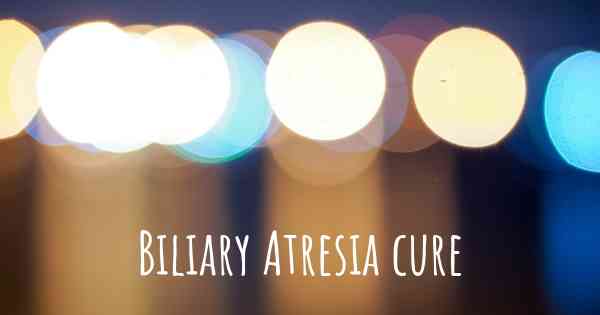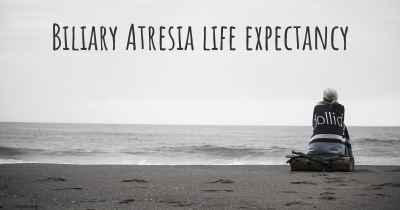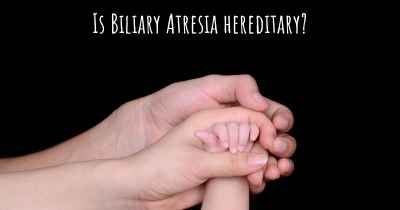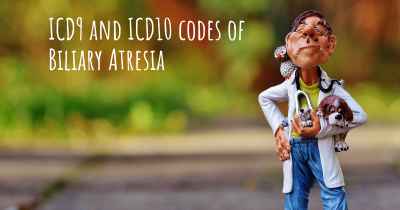Does Biliary Atresia have a cure?
Here you can see if Biliary Atresia has a cure or not yet. If there is no cure yet, is Biliary Atresia chronic? Will a cure soon be discovered?

Biliary Atresia is a rare liver disease that affects infants. Unfortunately, there is no known cure for this condition. However, early detection and prompt medical intervention can greatly improve the prognosis. The primary treatment option is a surgical procedure called the Kasai procedure, which aims to restore bile flow. In some cases, a liver transplant may be necessary. It is crucial to consult with a healthcare professional for proper diagnosis and management of Biliary Atresia.
Biliary Atresia:
Biliary atresia is a rare and serious liver disease that affects infants. It is characterized by the absence or underdevelopment of the bile ducts, which are responsible for carrying bile from the liver to the gallbladder and small intestine. Without proper bile flow, bile accumulates in the liver, leading to liver damage and eventually liver failure if left untreated.
Treatment Options:
Currently, there is no known cure for biliary atresia. However, early intervention and appropriate treatment can significantly improve the prognosis and quality of life for affected infants. The primary goal of treatment is to establish bile flow and prevent further liver damage.
Kasai Procedure:
The most common treatment for biliary atresia is a surgical procedure called the Kasai procedure or hepatoportoenterostomy. This procedure involves removing the damaged bile ducts and connecting the liver directly to the small intestine, allowing bile to bypass the blocked ducts. The Kasai procedure is most successful when performed within the first two to three months of life.
Liver Transplantation:
In cases where the Kasai procedure is not successful or if the disease progresses to advanced stages, a liver transplantation may be necessary. A liver transplant involves replacing the diseased liver with a healthy liver from a deceased or living donor. Liver transplantation can provide a long-term solution for biliary atresia, but it is a complex procedure with potential risks and complications.
Supportive Care:
In addition to surgical interventions, supportive care plays a crucial role in managing biliary atresia. This includes nutritional support to ensure adequate growth and development, medications to promote bile flow and prevent complications, and regular monitoring of liver function.
Prognosis:
The prognosis for infants with biliary atresia varies depending on several factors, including the age at which treatment is initiated and the response to interventions. Early diagnosis and prompt treatment offer the best chances of successful outcomes. However, even with treatment, some infants may still experience progressive liver damage and require a liver transplant in the future.
Conclusion:
While there is currently no cure for biliary atresia, medical advancements and early interventions have significantly improved the outlook for affected infants. The Kasai procedure and liver transplantation are the primary treatment options available. Ongoing research and advancements in medical science offer hope for further improvements in the management and treatment of this complex liver disease.








